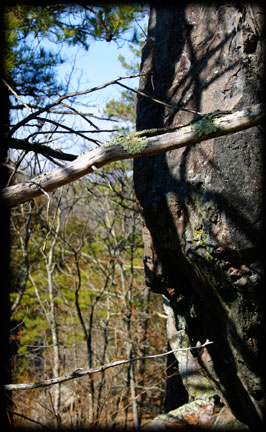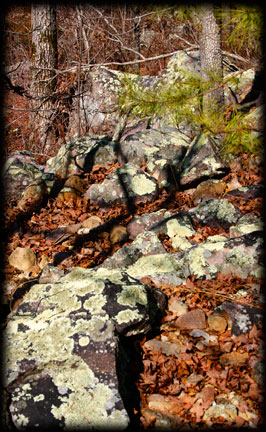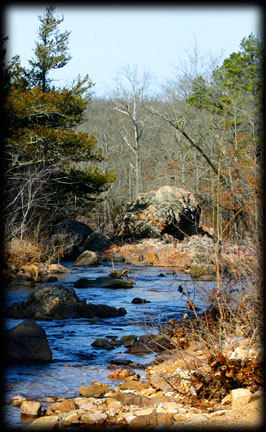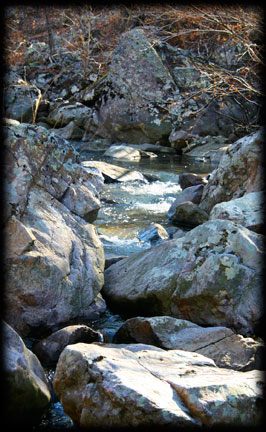Native America
by Joshua Heston
These old Ozark hills were home.
Before the French fur traders voyaged up the rivers and before the German and Irish immigrants rumbled down the old roads on wagons filled with family and belongings, there were a people here who understood how to live in these hills and hollers.
These were cultures whose lives were measured by the passing of the sun and the seasons — not the measured time clock of an industrial world.
There were a people — a people with the greatness and strength and foible and failure shared by all humanity.
They were a people later characterized as savages and — in war — historical record shows that characterization as not exactly unfounded.
Native America was a series of rich, complex cultures. Tribes often shared few similarities, and yet, European settlers, focused on survival and fearful of Indian uprisings, often saw only one culture: a culture they could not or would not understand.
In 1830, our nation’s first Democratic president, Andrew Jackson, signed the Indian Removal Act into law, cheating and displacing the Cherokee, Chickasaw, Choctaw, Creek and Seminole Tribes.
The resultant Trails of Tears would force these tribes from their native lands in present-day Mississippi, Alabama, Georgia, Tennessee, Florida and North Carolina. The tribes were moved — by the U.S. Government and Army — to Indian Territory, now Oklahoma.
Unique cultures were displaced.
Destroyed.
The Ozarks and Ouachitas became a crossroads of Native America’s cultures as tribes were forced through the mountains.
In a sense, a new culture was created. Whereas before, Native American identity fell heavily upon individual tribes, the relocation created a new identity and a clear foe: Indians versus the United States Government.
Alliances and cultures confusing to our present-day mindset developed.
Although post-Civil War laws would segregate both Native Americans and African-Americans as second-class citizens, pre-War culture saw many tribes owning slaves.
Many Oklahoman Cherokee would fight for the Confederate Army, led by the example of Stand Watie, one of but two Native Americans to achieve the rank of brigadier general.
In the years following the war, Native American heritage became a mark of segregation.
Cultures would be lost. Traditions would die. Native American heritage would — for many — be hidden away; a badge of dishonor in an increasingly segregated society.
It is a story still in the telling.
October 9, 2009

Plate 1.

Plate 2.

Plate 3.

Plate 4.



